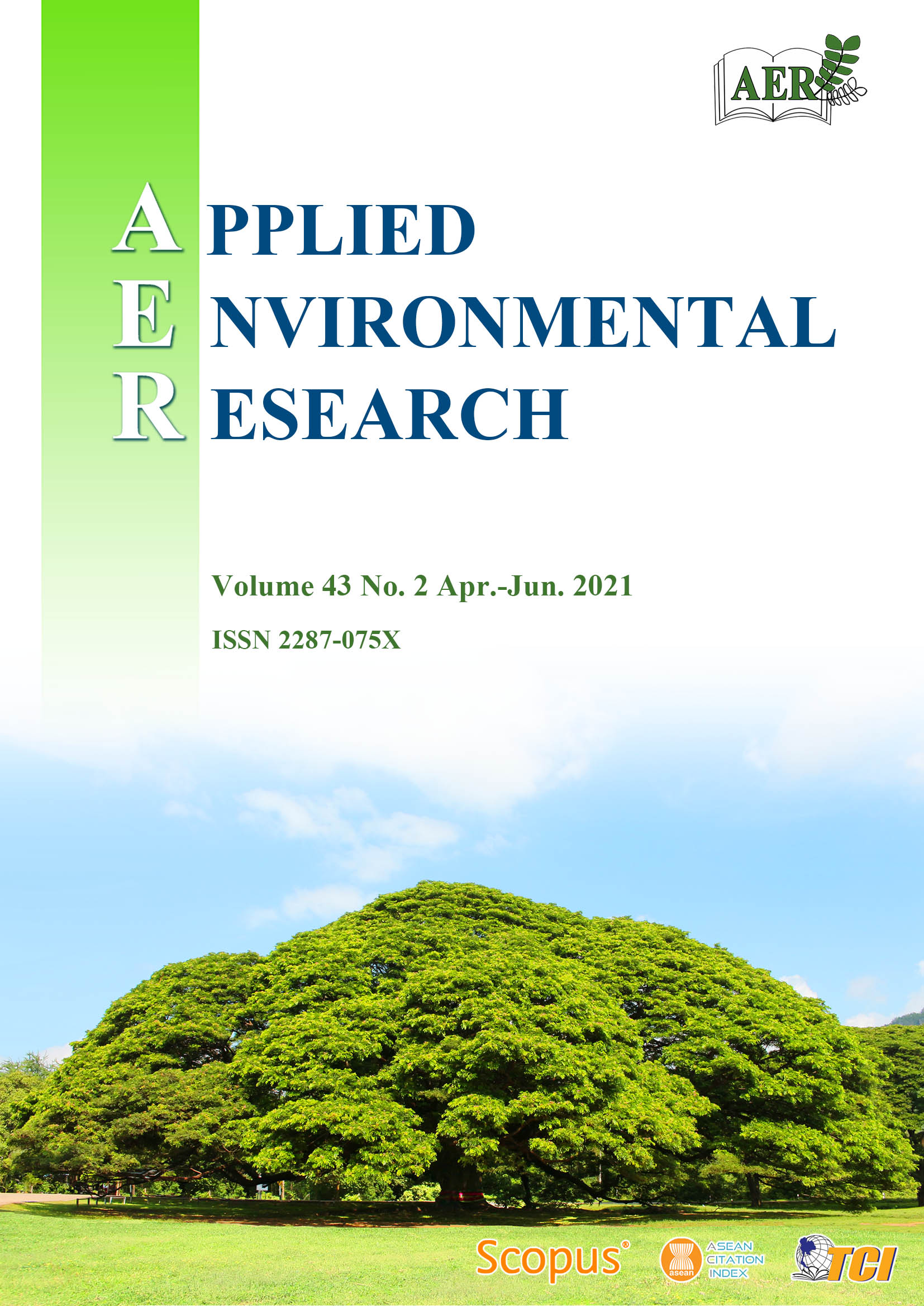Air Quality Indexing, Mapping and Principal Components Analysis of Ambient Air Pollutants around Farm Settlements across Ogun State, Nigeria
Main Article Content
Abstract
The focus of this study was to portray the spatial pattern of air quality across seasons in the eight sampled farm settlements using air quality indexes and assess the clusters of monitored air pollutants. The concentrations of air pollutants were determined using in-situ portable gas detectors and particulate counter. The AQI for each criteria pollutants (CO, O3, TSP, PM10, SO2, and PM2.5) was calculated using AQI formulae of the United States Environmental Protection Agency and mapped using the Inverse distance weighting (IDW) interpolation method in the Geographic information systems (GIS) environment. Principal component analysis (PCA) was used to group the parameters and estimate the interrelationships between the loadings of the parameters in each component. The AQI ranges of pollutants which deviated from the acceptable good status are CO (71.98 – 238 and 88.85 – 220.93), NO2 (10.14 – 107.07 and 10.84 – 72.88) and PM2.5 (12.90 – 70.85 and 12.56 – 54.02) for the dry and wet seasons, respectively. There were five and four PCs with eigenvalues > 1, accounting for 69.75% and 61.73% of the total variance during the wet and dry season, respectively. The parameters in each component are as follows; PC1 - TSP, PM10, PM2.5, Bacteria and fungi; PC2 - CO and Temperature; PC3 - relative humidity and O3; PC4 - CO2; PC5 - NO2 and SO2 for the wet season and PC1 - TSP, PM10, PM2.5, Bacteria and fungi; PC2 - NH3 and NO2; PC3 - CO2 and O3; PC4 - Temperature and relative humidity during the dry season. Biomass burning, engine exhausts and fine-particulate related activities are sources of air pollution and such may pose negative implication to human health and environment. Therefore, the use of alternative biomass disposal, regular servicing of processing engines and the wearing of protective wears against dust are recommended.
Article Details

This work is licensed under a Creative Commons Attribution-NonCommercial 4.0 International License.
Published articles are under the copyright of the Applied Environmental Research effective when the article is accepted for publication thus granting Applied Environmental Research all rights for the work so that both parties may be protected from the consequences of unauthorized use. Partially or totally publication of an article elsewhere is possible only after the consent from the editors.

